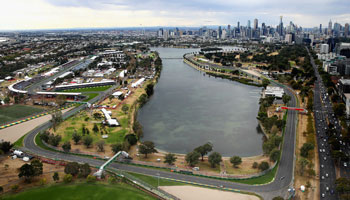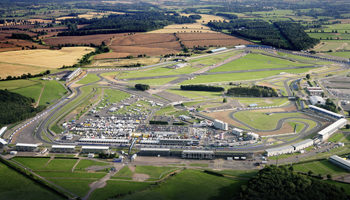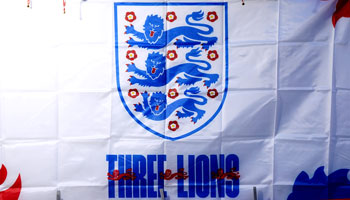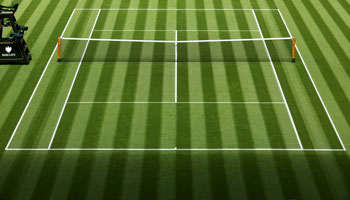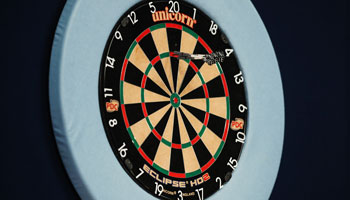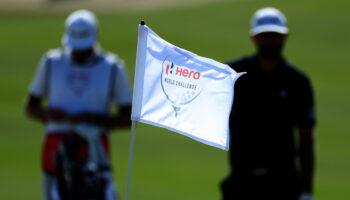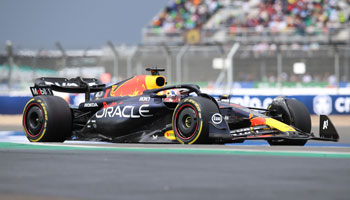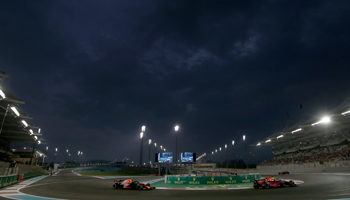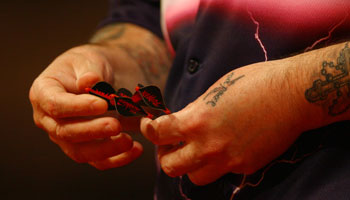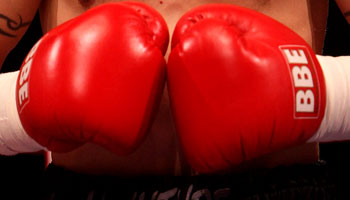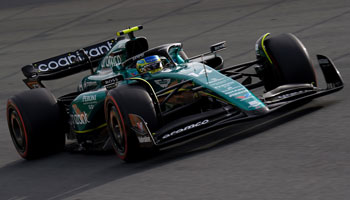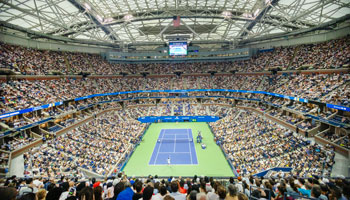With the 2021 Formula One World Championship now under way, we have looked at the numbers behind each circuit in this season’s calendar.
We have studied every Grand Prix since the turn of the century up to the end of 2020 and when analysing race data, we have excluded any venue which has hosted fewer than five events in this period.
Lap lengths
The Circuit de Spa-Francorchamps in Belgium has more ground to cover on each lap than any in the current Formula One calendar, requiring drivers to navigate over seven kilometres of track on each lap.
By comparison, a lap of the notoriously tricky Circuit de Monaco – the shortest in the current schedule – is under half that distance.
Winning margin
Across the Atlantic, we find the venue which has hosted the most closely contested races since the turn of the century.
The Circuit of the Americas has seen the average winner of the United States Grand Prix cross the line just over four seconds ahead of their nearest challenger.
This is a margin almost 10 seconds smaller than that typically enjoyed by the driver who wins the Spanish Grand Prix at the Circuit de Barcelona-Catalunya.
Wins from pole
In addition to seeing dominant performances from winners, Barcelona has seen qualifying confer the strongest advantage in the race itself.
Over three quarters of Spanish Grand Prix winners since the turn of the century started at the front of the grid.
Qualifying is relatively unimportant at both Silverstone and Sochi Autodrom, with fewer than a third of the drivers starting in pole position going on to win since 2000.
Retirement rate
We need to switch hemispheres to find the circuit on the current Formula One calendar which is the toughest to complete.
A third of the drivers who have entered the Australian Grand Prix at Albert Park since the turn of the century have not crossed the finish line.
Meanwhile, the Abu Dhabi Grand Prix has seen the smallest proportion of retirements, with fewer than one in every seven drivers failing to cover the full distance.
Team success
Returning to Russia, team strategy – or at least a build optimised for the circuit – seems to make the most difference at Sochi Autodrom.
In the seven stagings of the Russian Grand Prix in Sochi, only once has the podium been filled by drivers from three different teams.
Teamwork seems to make the least difference at Imola Circuit, where only one of the eight World Championship races since 2000 has ended with two members of the same team sharing a podium.
Kingmakers
Imola also features in our final ranking, where we looked at the proportion of Grands Prix at each circuit in which the winner went on to become that season’s world champion.
Three quarters of the drivers who won at Imola since the turn of the century – six out of eight – went on to win the Formula One World Championship in the same season.
The Red Bull Ring in Austria has been the least reliable predictor of success in this period, with only one of the eight winners at this venue going on to claim the Drivers’ Championship.
Join bwin today and receive up to £20 money back as a FreeBet if your first wager (3+ selections at odds of 1/2 (1.5) or greater) is a loser! Terms and conditions apply.
